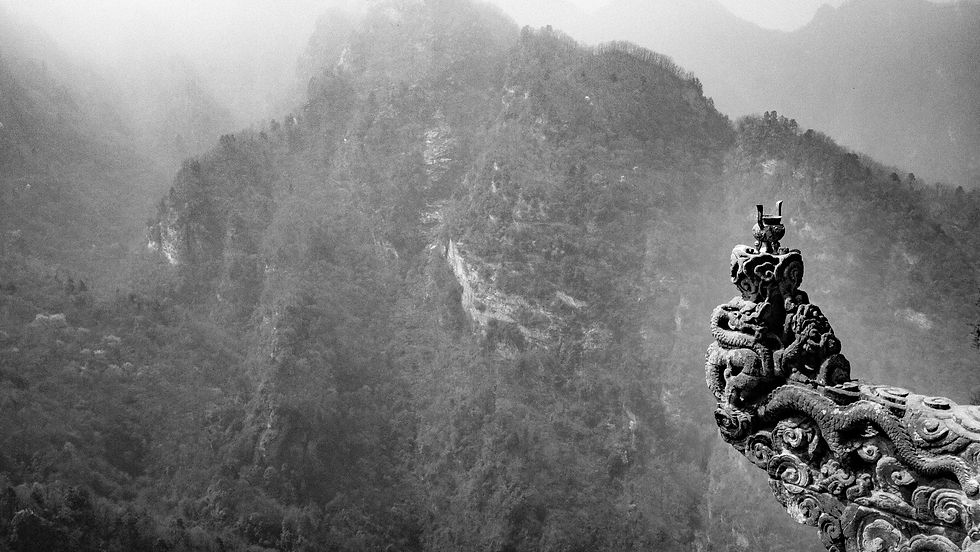The Heart Carp ハートの鯉
- Robin Yong

- Nov 28, 2023
- 3 min read
Updated: Jan 11, 2024

Monet's Pond, or the Namonaki Pond, is a formerly nameless pond located near Nemichi Shrine in Gifu. Located in Seki city, this small body of water, just 60 feet long, is said to resemble the pond in the Claude Monet’s famous Water Lilies series, which actually depicts the Japanese garden at his home in Giverny, France.
The pond is said to be particularly worth visiting in early summer when the pink water lilies are in full bloom and the carp swimming under the clear turquoise water, or during mid-autumn, with the red maple leaves hanging above the pond.
The pond was originally an irrigation reservoir that has fallen into disrepair in the 1990s. Thereafter the local residents cleaned it up and planted water lilies in them and put in the Japanese carp.
The pond became an internet sensation when photos of it went viral on the internet, attracting up to 3000 visitors daily on weekends especially.
I came here during late winter because I had nowhere to go. Originally I planned to visit Shirakawago but all the bus rides there were fully booked. So I just took public transport to visit Monet's pond instead. I have seen pictures of Monet's pond during summer and it can be packed with local tourists. During winter, there were few people around and basically we had the whole pond to ourselves for a few hours. My traveling companion soon got bored of the pond and preferred to find food at a nearby cafe. (It takes only 3 minutes to walk around the pond!)
Sadly, there were only 4 fish in the pond...two grey colored grass carps and 2 colored kois. A caretaker from the nearby shrine tried to attract the fish to come out by throwing some fish feed pellets into the pond and making little sounds from the metal container holding the fish food.
I got slightly lucky when the colored koi fish decide to come near me.
There is a cool local superstition attached to the pond. Legend says that if you spot the Japanese koi with the bright-red heart on its head, you will find true love...I suppose this must be it - The Heart Carp...
(although the perfect heart carp would ideally be a full white one with just a perfect heart-shaped red on its cap.)
Carp are a large group of fish originally found in Central Europe and Asia.
Koi first appeared in China about 2,500 years ago and came to Japan only many centuries later. Various carp species were originally domesticated in China, where they were used as food fish. Carp are coldwater fish, and their ability to survive and adapt to many climates and water conditions allowed the domesticated species to be propagated to many new locations, including Japan.
In Chinese and Japanese paintings of koi, they are commonly featured in pairs.
In Japanese, "koi" is a homophone for 恋, another word that means "affection" or "love", so koi are symbols of love and friendship in Japan.
Just as written by Tang poet Zhang Xiaobiao 章孝标
眼似真珠鱗似金,時時動浪出還沉
河中得上龍門去,不嘆江湖歲月深
Their eyes are like pearls, their scales are like gold,
They are always moving and sinking.
Swimming up towards the Dragon's Gate, against the challenges of tide and time..
In Chinese mythology, Longmen (lit.The Dragon Gate) is located at the top of a waterfall cascading from a legendary mountain. The legend states that while many carp swim upstream against the river's strong current, few are capable or brave enough for the final leap over the waterfall. If a carp successfully makes the jump, it is transformed into a powerful dragon.
The bus trip from Gifu took us about 90 minutes and there was a 3 hour gap before a return bus comes around. It's probably not a recommended must do thing for most foreign tourists, unless you have got many free days at your disposal.






Comments